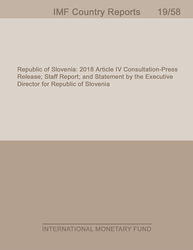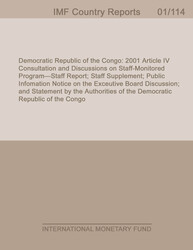
Brazil: Staff Report for the 2013 Article IV Consultation
ISCR/13/312
KEY ISSUES
Context. Brazil is recovering gradually from the growth slowdown that started in mid-2011, but the recovery remains uneven and inflation elevated. Output is estimated atpotential with supply-side constraints, linked to tight labor market conditions andprotracted weak investment since 2011, limiting near term growth. A monetarytightening cycle has started, following a period of easing. In staff's view, excessive finetuning of fiscal policy (including through public banks) has weakened the credibility ofBrazil's long-standing fiscal framework, while broader policy uncertainty has weighed oninvestment. Staff's estimates of potential growth have been revised down and thechallenges posed by eroding competitiveness and economic imbalances remain—notably low saving and investment. The Article IV consultation mission took place duringMay 13–24.
Outlook and Risks. The recovery is expected to continue during 2013–14, supported bya pick-up in investment and resilient consumption. The near-term outlook envisagescontinued monetary tightening, broadly unchanged fiscal policy, and sustainedimplementation of infrastructure investment. Domestic risks are to the downside, linkedto more sluggish investment and intensified inflationary pressures, worsening thegrowth-inflation tradeoff. Lack of timely policy tightening would exacerbate existingimbalances and weaken confidence in the fiscal framework. External risks are associatedwith global financial conditions and commodity prices. Over the medium term, asubstantial scaling up of investment will be necessary to boost potential growth.
Policies. With supply-side constraints restraining short-term growth, a tightening policystance is needed to rebalance demand, including a steady fiscal consolidation, windingdown policy lending, and continued monetary tightening. Strengthening Brazil's longstandingfiscal framework to rebuild fiscal buffers and bolster confidence would entailadherence to a primary balance that puts gross debt firmly on a downward path;maintaining sub-national fiscal discipline; easing rigidities to increase public saving; andmore fully recognizing contingent fiscal risks. The flexible exchange rate remains themain shock absorber for global turbulence, while intervention should aim to limitdisorderly market conditions. The renewed focus on supply-side policies is welcome butin order to increase potential growth, decisive and comprehensive efforts are needed toenhance productivity and competitiveness, increase investment, and mobilize domesticsaving.July 2, 2013
| English |



